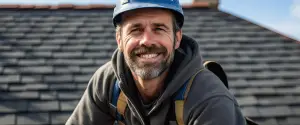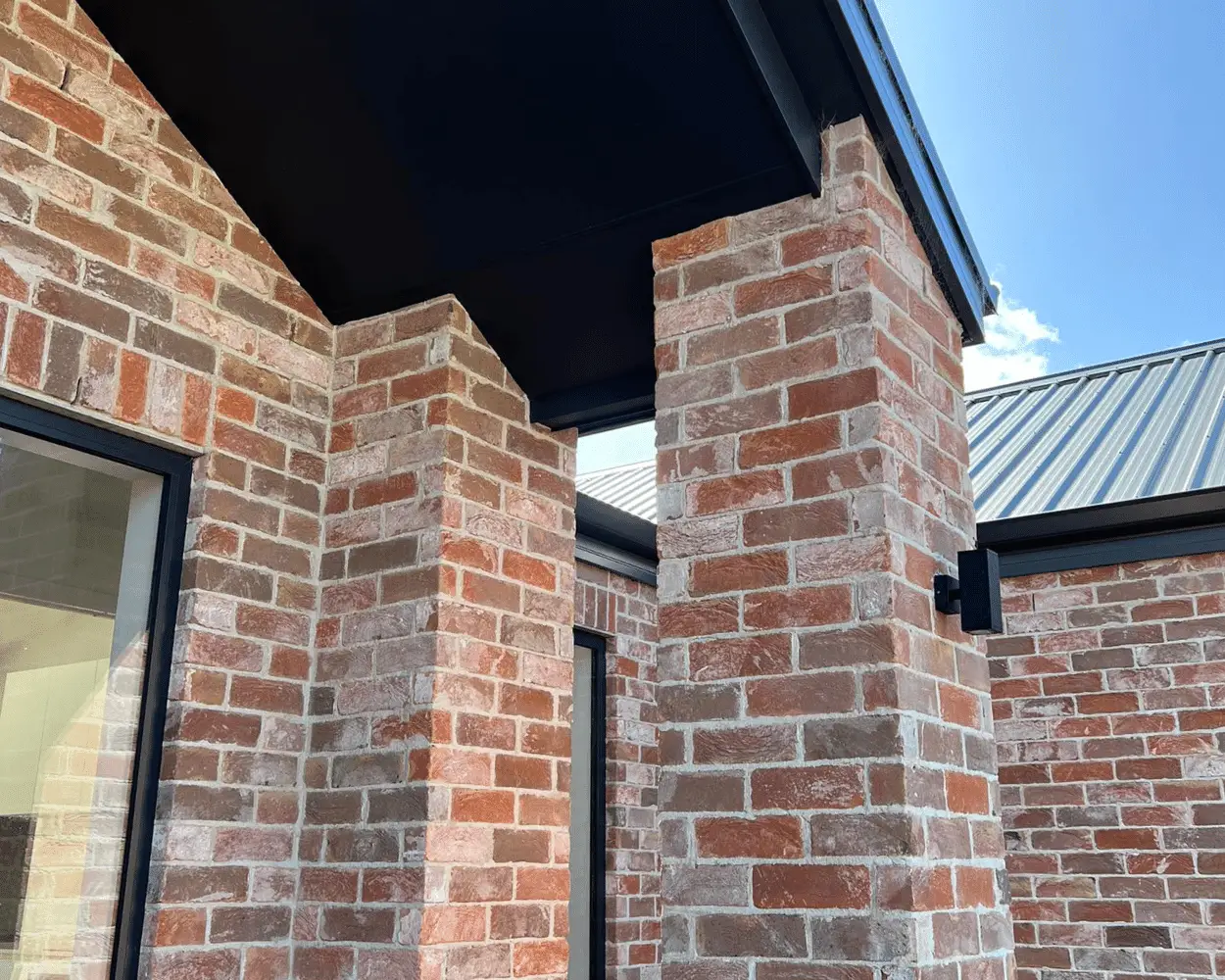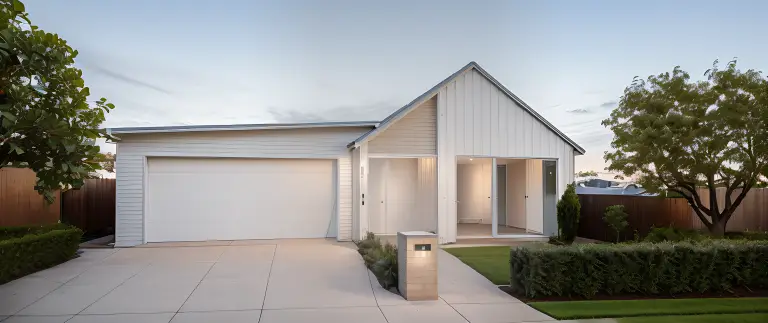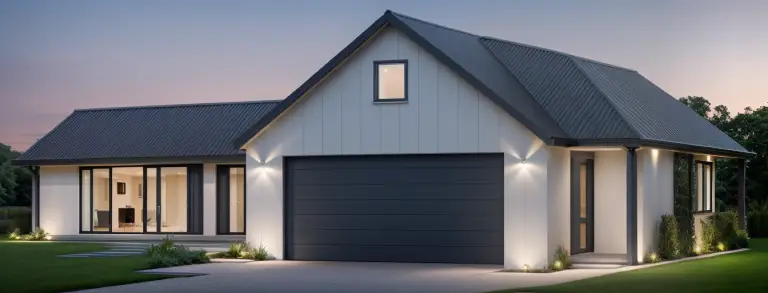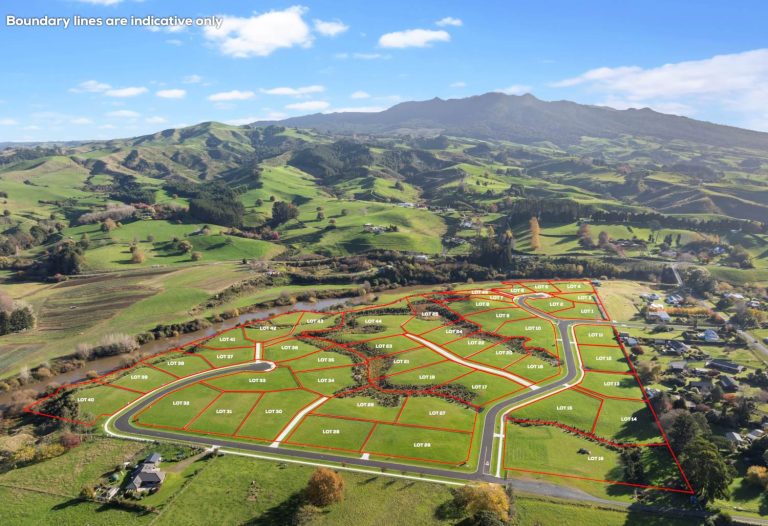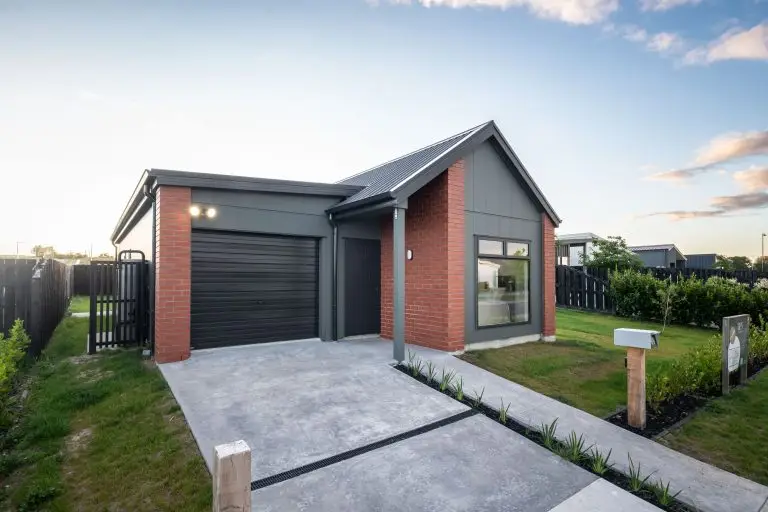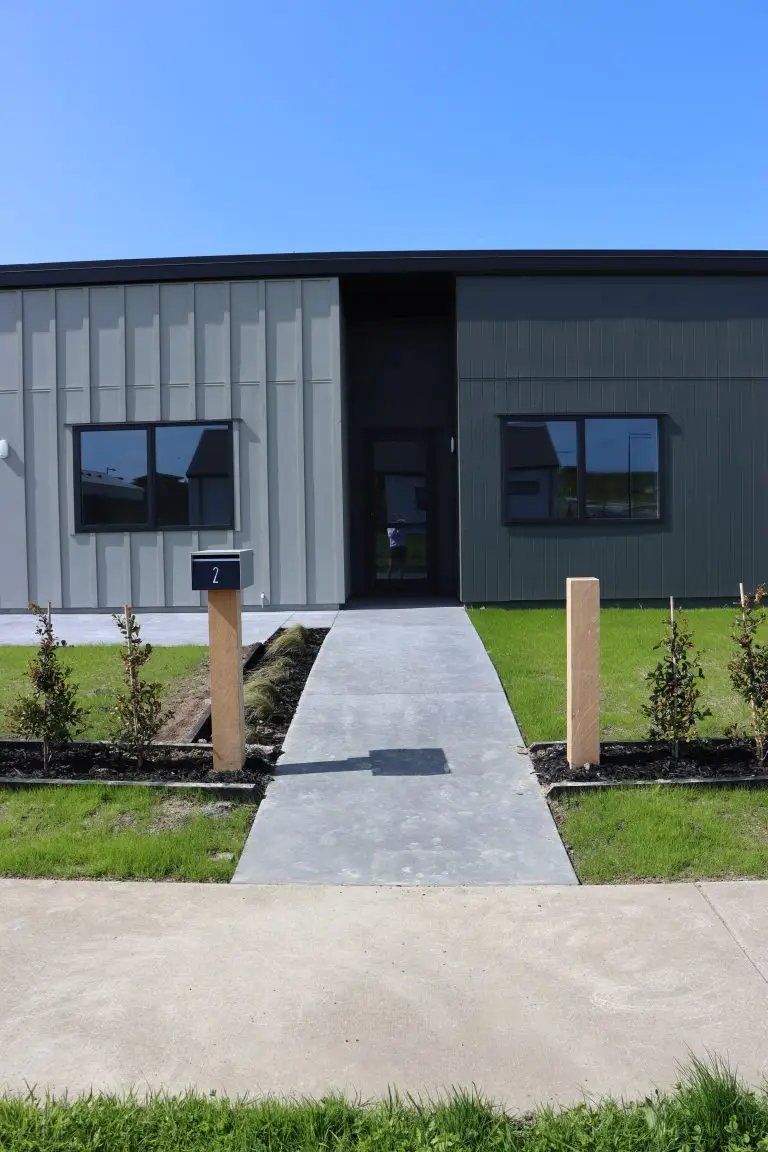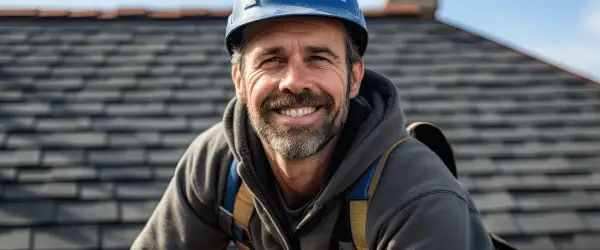Key Considerations for Choosing Cladding for Your New Home
When building a new home, choosing the right cladding is a crucial decision that can significantly impact both the aesthetics and functionality of your property. With numerous options available, it’s important to consider several key factors to ensure you make the best choice for your needs. Here are some essential considerations to keep in mind when selecting cladding for your new home:
Material: The choice of cladding material is perhaps the most critical decision. Common options include wood, brick, stone, metal, vinyl, and fiber cement. Each material offers different advantages and disadvantages in terms of durability, maintenance, cost, and aesthetic appeal. Consider factors such as your personal preference, architectural style, climate, and budget when selecting the material that best suits your needs.
Maintenance: Some cladding materials require more maintenance than others. For instance, wood cladding needs regular staining or painting to protect it from the elements, while brick and stone typically require minimal maintenance. Be sure to consider your willingness to perform maintenance tasks and factor this into your decision-making process.
Insulation: Cladding can also play a significant role in the insulation of your home. Certain materials, such as insulated vinyl or fiber cement with added insulation, can help improve energy efficiency and reduce heating and cooling costs. Consider the insulation properties of different cladding materials and choose one that will contribute to the overall energy performance of your home.
Aesthetics: The appearance of your home’s exterior is important for creating a cohesive and visually appealing design. Consider the style, texture, and color of the cladding material and how it complements other architectural elements such as the roof, windows, and doors. Take into account your personal taste as well as any neighborhood or zoning regulations that may influence your choices.
Durability: Durability is a key consideration, especially in areas prone to harsh weather conditions. Choose a cladding material that can withstand the elements and provide long-lasting protection for your home. Consider factors such as resistance to moisture, rot, insects, and UV exposure when evaluating the durability of different materials.
Cost: Finally, consider the cost of both the cladding material and installation. While some materials may have a higher upfront cost, they may offer long-term savings in terms of maintenance and energy efficiency. Be sure to weigh the initial investment against the expected lifespan and ongoing maintenance requirements of the cladding material.
By carefully considering these factors, you can select the right cladding for your new home that meets your aesthetic preferences, functional needs, and budgetary constraints. Investing in quality cladding will not only enhance the appearance of your home but also contribute to its long-term durability and value.
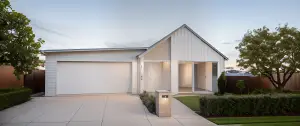
House & Land Packages in Waikato: Are They Worth It?
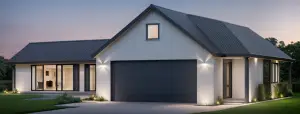
How to Choose the Right Builder in Hamilton: 10 Key Questions to Ask
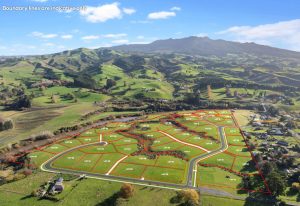
Best Suburbs in Hamilton & Waikato for New Home Builds
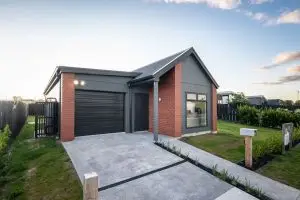
The True Cost of Building a Home in Waikato: Latest Guide
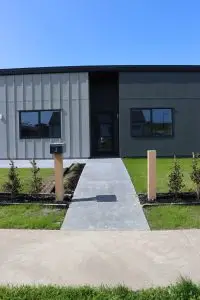
How to finance my house
